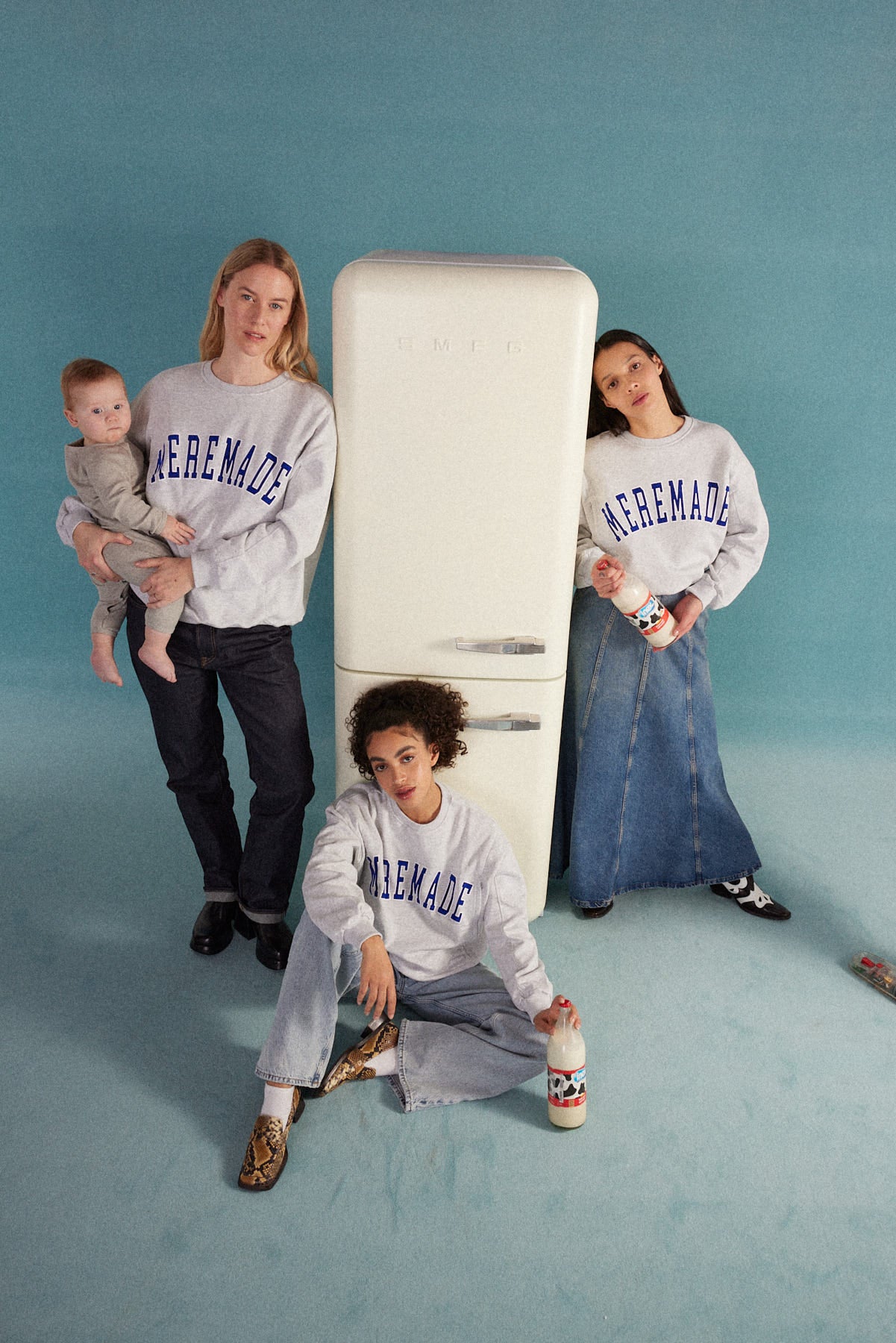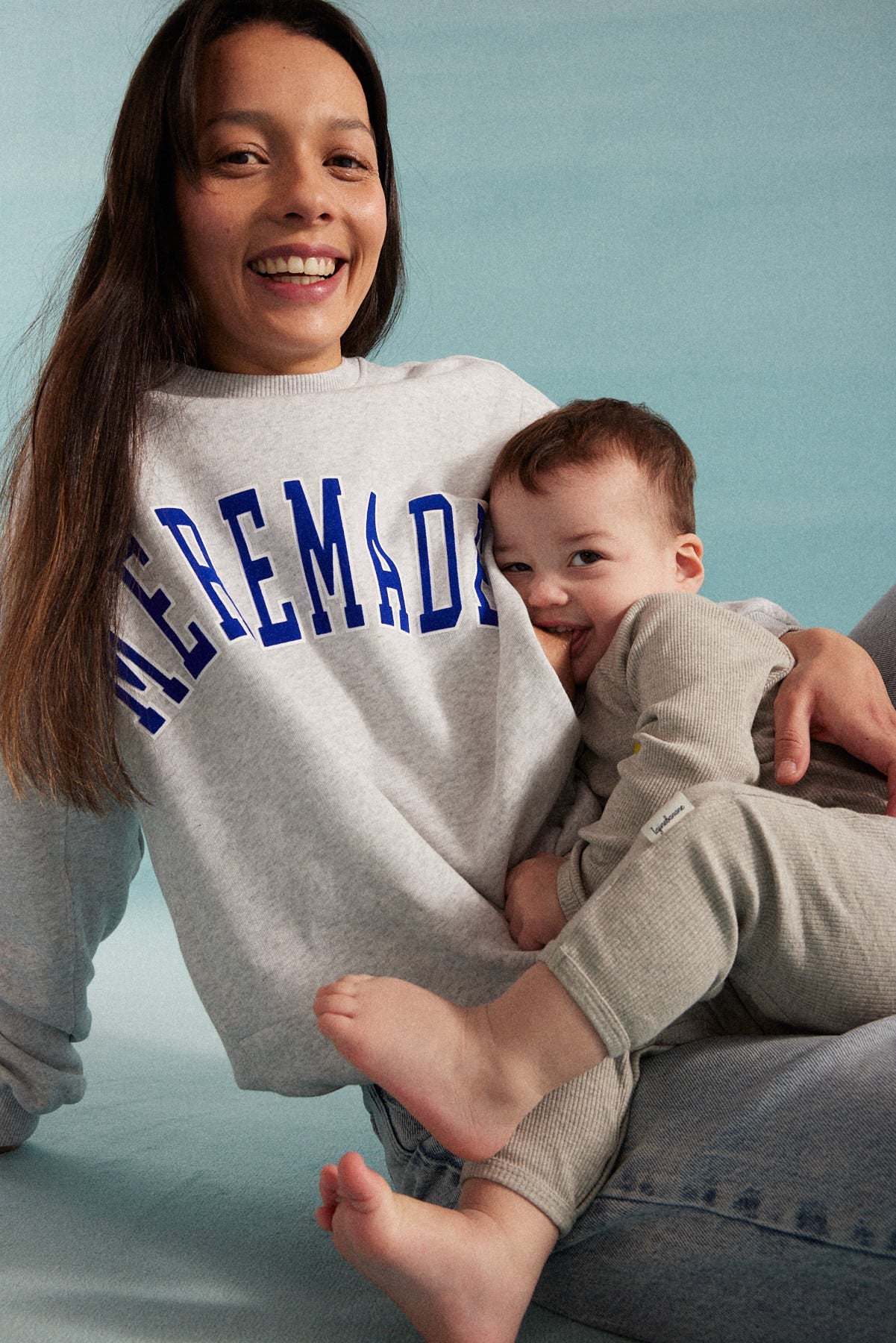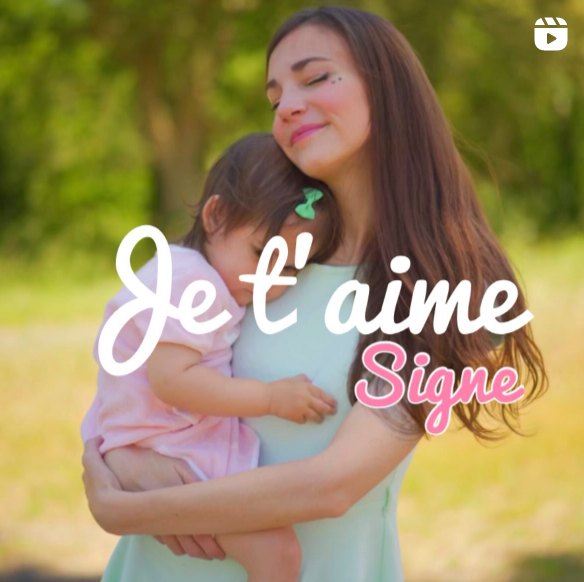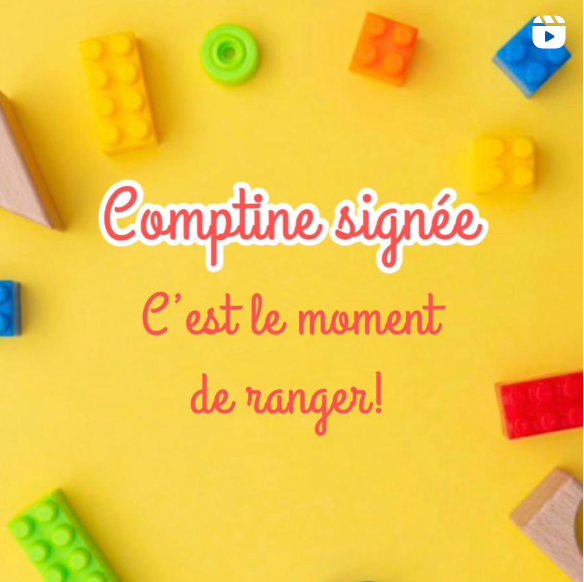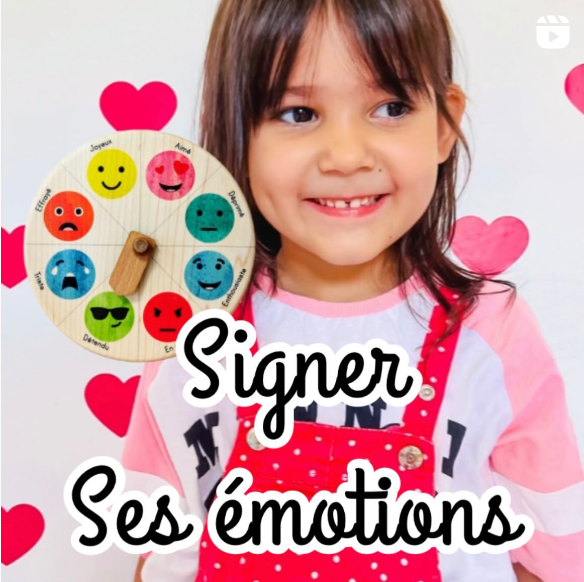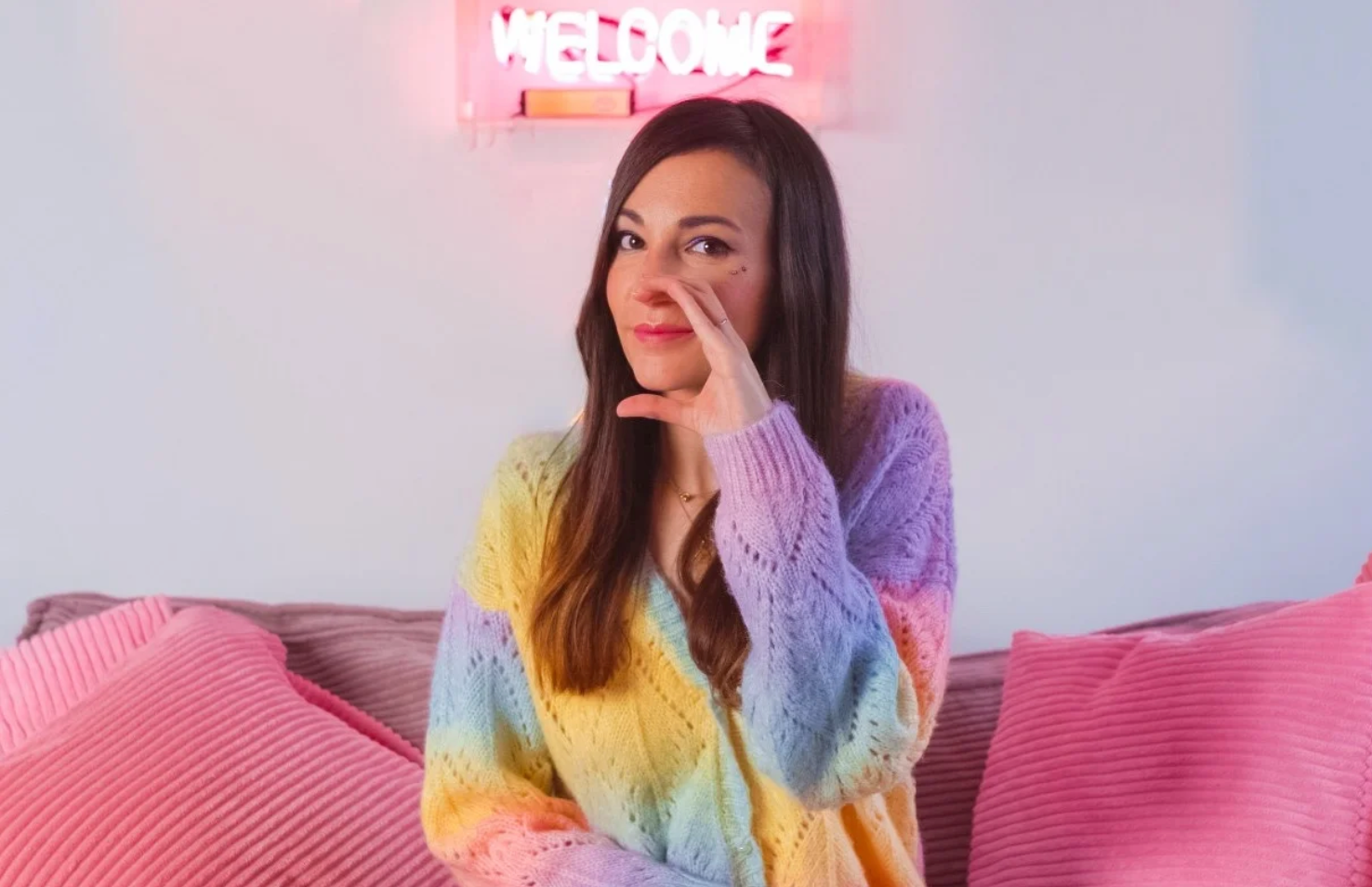
SIGNER AVEC BÉBÉ
On démêle le vrai du faux
Être parent, c’est aussi jouer aux devinettes : on apprend à reconnaître les pleurs et gestes de son enfant, mais on se retrouve parfois à changer une couche vide alors qu’il.elle était fatigué.e ou donner le sein alors qu’il.elle avait juste chaud… Pour éviter ce jeu d’énigmes qui peut créer de la frustration pour tout le monde, de plus en plus de parents associent des signes à leur parole. 👋🏼
La communication gestuelle associée à la parole, c’est quoi ? 🗣 🙌🏼
C’est un langage de transition, utilisé pour échanger avec les bébés entendants avant qu’ils n’apprennent à parler. Il consiste à associer des signes issus de la LSF (langue des signes française) à des mots verbalisés. Marie Cao, du compte Little Bun Bao, a mené un atelier à ce sujet à la Mom Sweet Home et nous a convaincu. 😊
Quels sont les bienfaits des signes utilisés avec votre enfant ?
- D’exprimer ses besoins, de communiquer ses émotions et donc de réduire la frustration, en permettant à votre enfant de se faire comprendre avant même de maîtriser la parole.
- D'enrichir les possibilités de relation de votre bébé et de son entourage.
- D'entraîner la motricité fine de l’enfant et stimuler sa mémoire visuelle
INFO & INTOX autour de cette pratique
• Pour la pratiquer, je dois apprendre la langue des signes : FAUX ❌
La Langue des Signes Française est une langue à part entière, structurée et complexe, avec une grammaire et une syntaxe qui lui est propre. Pour signer avec bébé, tous les mots de vos phrases ne sont pas signés ; vous utilisez seulement quelques signes, en parlant.

"Les signes accompagnent les mots de la phrase, mais ne les remplacent pas. "
• Mon enfant risque d’avoir un retard de langage si j’utilise les signes : FAUX ❌
C’est l’idée reçue la plus répandue, mais la réalité est tout le contraire : l’utilisation des signes, en plus de la voix, ne prend pas le pas sur l’acquisition et le développement de la parole. Votre bébé commencera à parler vers 2-3 ans, mais avant, les signes lui permettront de communiquer et d’être compris autrement. Votre enfant sera même sûrement plus « communiquant » quand il commencera à parler, car l’échange de signe l’initie plus tôt à l’interaction et à l’attention.

" Le cerveau de votre enfant entendant est fait pour s'intéresser au développement du langage oral.
Encore mieux: signer avec votre bébé stimule la zone de son cerveau dédiée à la parole. "
• Mon enfant sera plus à l’aise dans sa communication, même plus tard : VRAI ✅
Le moment d’échange signé (toujours associé à la parole) s’inscrit dans une démarche de communication bienveillante : signer invite à se poser, à prendre le temps, à regarder votre enfant dans les yeux, à vous positionner face à lui et à vous dédier à votre échange avec lui. Par mimétisme, il sera plus à l’aise lui aussi, dans ses futurs échanges.
Un enfant qui signe tôt a aussi tendance à davantage aimer les mots, à mieux distinguer et accueillir ses émotions (car il peut les exprimer). Les signes permettent ainsi une expression plus apaisée de ses besoins, en attendant qu’ils cèdent la place aux paroles.

" Quand les mots ne sortent pas, sous le coup d'une émotion intense et même quand la parole est maîtrisée, les signes peuvent aider et éviter une frustration."
• Je peux commencer à signer dès son plus jeune âge : VRAI ✅
Un nourrisson imite les gestes avant d’imiter les sons. Il faudra attendre 18 mois environ pour qu’il prononce ses premiers mots, mais dès 8-10 mois, il développe sa motricité fine et commence à effectuer ses premiers gestes intentionnels. Vous pouvez commencer dès ses 6 mois. C’est aussi à cet âge-là que le cerveau de votre enfant est capable de retenir les choses.

" Certaines mamans commencent même dès les premiers mois et ça n'est pas inutile: le de l'enfant est initié aux signes et l'échange engage une relation forte avec lui. "
EN PRATIQUE - Les tips de Marie
• Signer quotidiennement, sans forcément beaucoup de mots 🗣
• On commence par quoi ? 2-3 signes d’action du quotidien, qu’on fait chaque jour. ⏰
Exemple : changer la couche, le bain, manger, téter biberon, aller au dodo
• Repérez aussi ce qui cause le plus souvent de la frustration chez l’enfant et commencez par signer les mots associés 🙌🏼
• On signe de n’importe quelle main. Ce n’est pas grave si vous êtes seul.e à le faire à la maison, sans poursuite à l’extérieur. 🍃
• Pointer au maximum avec votre doigt ce que vous désignez (pour lier le signe à l’image et au mot) 👉🏼
• Utiliser le signe sur vous ou sur lui, en fonction de celui qui vit l’émotion ou l’action (exemple : quand vous êtes fatigué.e (signe de la fatigue), quand vous avez mal quelque part (signe de la douleur), quand l’enfant à terminé son activité (“fini”). 🙊
• Le signe ne sera pas parfait dès le début, mais une répétition de mouvements proches vous mettra la puce à l’oreille. 👂🏼
Sources :
Insta Marie Caro https://www.instagram.com/p/CUHf-53A6iZ/
Bibliographie Marie Cao : https://www.marabout.com/marie-cao
@tajinebanane
#allaiterpartouttoutletemps








